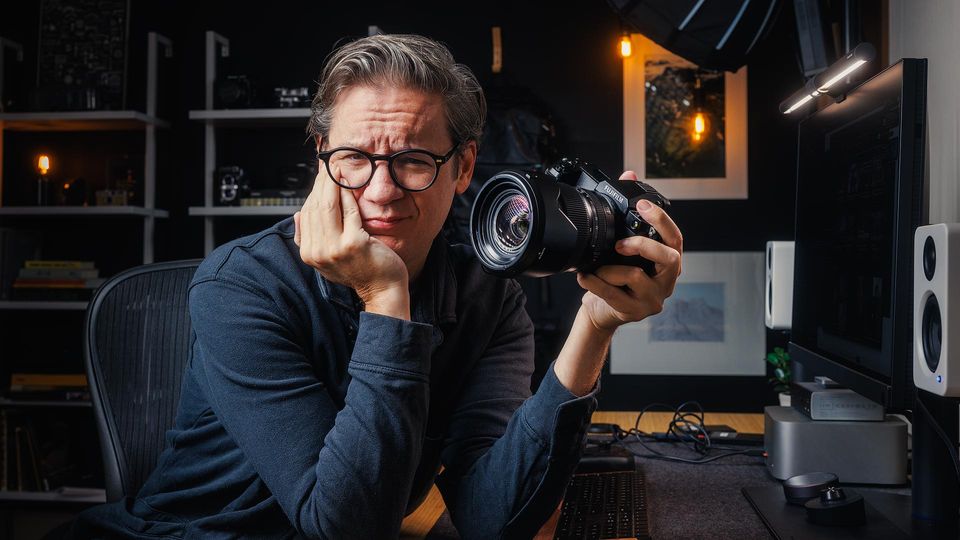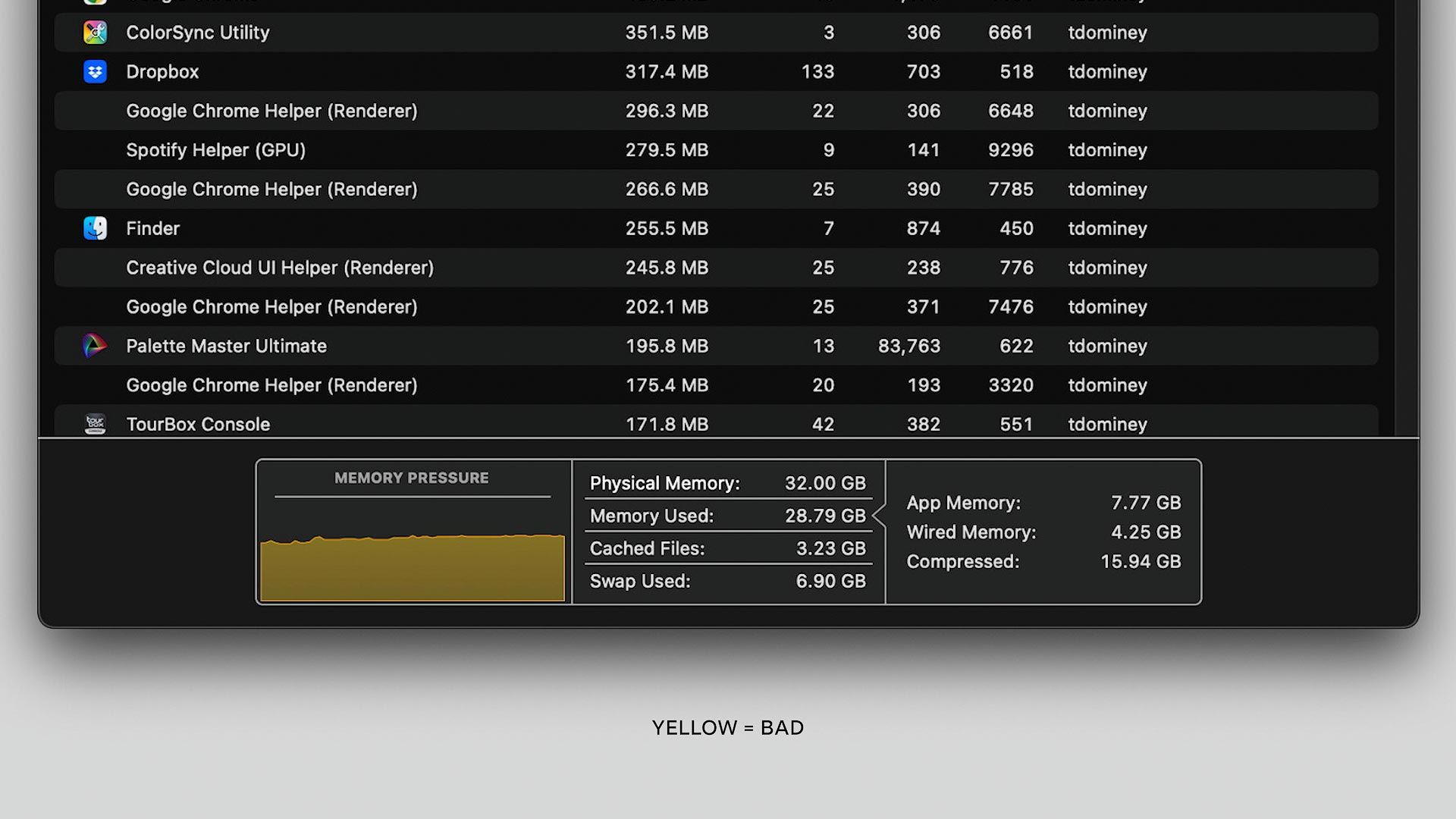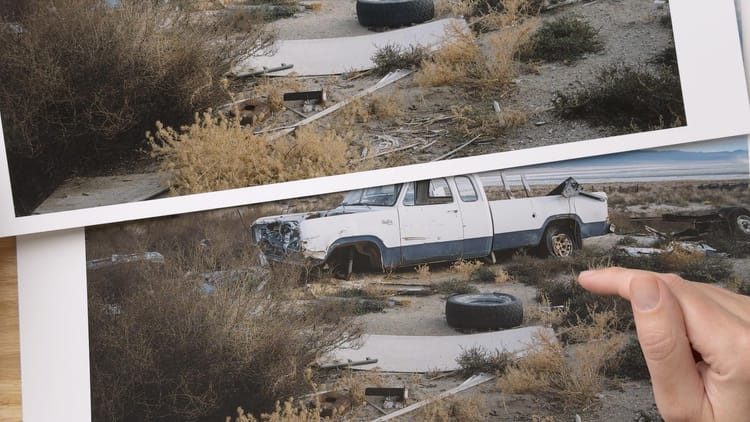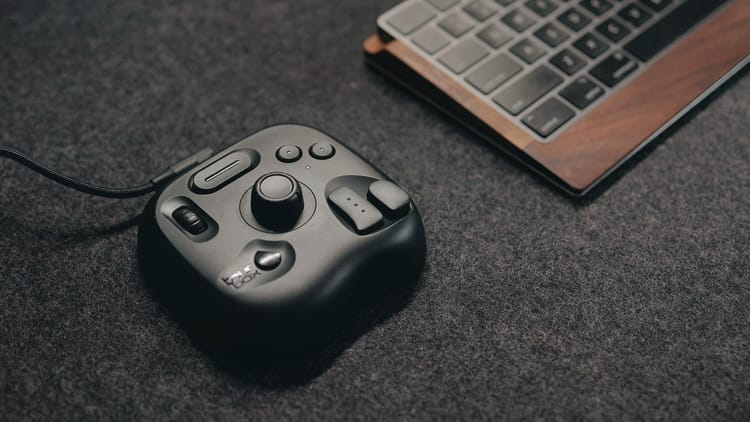
What I didn't know about the Fujifilm GFX 100s
Recently I traveled to Arizona, Utah and New Mexico to create landscape images with the Fujifilm GFX 100S, a 102 megapixel digital medium format camera. This was an entirely new experience after shooting for years using Canon DSLRs and mirrorless cameras.
Overall, the camera was everything I hoped it would be. Stunning fidelity and detail, wonderful dynamic range. The body is chunkier and heavier than I'm accustomed to (true for the GF lenses as well), which made it more difficult to hike and carry, but the GFX's increased resolution and image quality was worth it.
But there was one side effect of switching that took me by surprise: much slower performance when editing in Lightroom and Photoshop.
Before taking the plunge, I knew that 100S files would be larger and consume more disk space (100 megabytes on average per DNG file). However, I wasn't concerned because I have plenty of available storage. But what I wasn't prepared for was how much more taxing those high resolution files would be for my computer when editing.
My desktop machine is an Apple Mac Studio with an M1 Max chip and 32 gigabytes of memory. This configuration has worked perfectly fine with 45 megapixel raw files from my Canon EOS R5, and does a good job when editing 4k video in Premiere and DaVinci Resolve, but slows down dramatically when editing images from the 100S.
With Lightroom Classic and Photoshop open and a single 100S file open in Photoshop, the macOS Activity Viewer shows high memory usage (image below). The graph is consistently yellow, and sometimes tips over into the red. When the latter happens, the operating system is in dangerous waters and failures/crashes can occur.

HDR blending in Lightroom is notably slower with these large files, which is understandable, but after a while that extra time really adds up. Three DNG files from the GFX 100s take 43 seconds to combine into a single HDR file in Lightroom, compared to only 15 seconds with 45 megapixel files from my Canon EOS R5. I can't imagine how long it would take if I were bracketing my exposure and focus stacking or creating a panoramic image.
Another issue pops up when editing 102 megapixel images in Photoshop. All it takes is a little dodging and burning, a few adjustment layers, etc, and the file size immediately surpasses the 2gb limit of the PSD file format. I must then save the file using Photoshop's Large Document Format (PSB) to workaround this limitation, which means I must select "Save As" each time and change the file type each and every time (you can't change Photoshop's default file format, AFAIK). These Large Document files also take quite a bit of time to save and reopen.
Overall, I think the main problem is memory. The M1 Max is speedy for just about everything I throw at it, but 32 gigabytes is barely enough for these GFX files. Normally I could just buy a couple extra sticks of RAM and call it a day, but because memory is integrated into the M1 Max chip, it cannot be upgraded or expanded. That means I'd have to buy an entirely new Mac Studio, and pay Apple's insane prices for extra memory (eg, 64GB costs $400, while 128GB costs $1,200).
Granted this "unified memory" is much more efficient and speedy than yesterday's memory (which is why you need less of it, generally), but the cost is still a bit insane, especially after spending quite a bit of dough on the GFX and a couple of GF lenses.
My advice if considering a switch to the GFX 100S or any high-megapixel camera is to also consider how much computing power you have, for you may need more than you realize.


